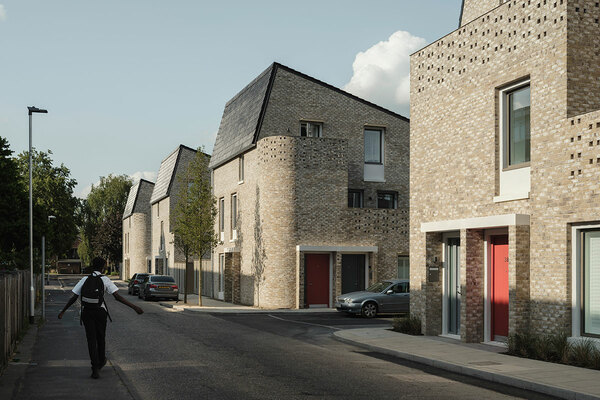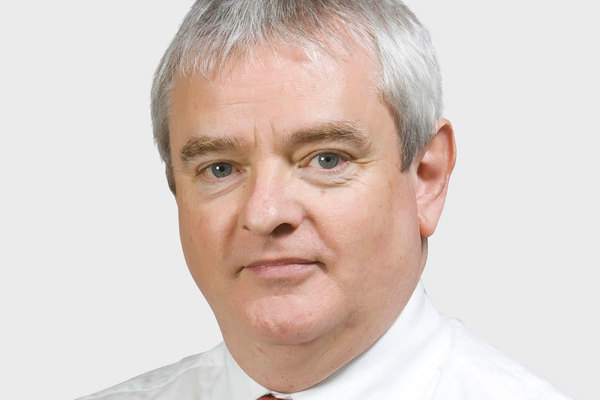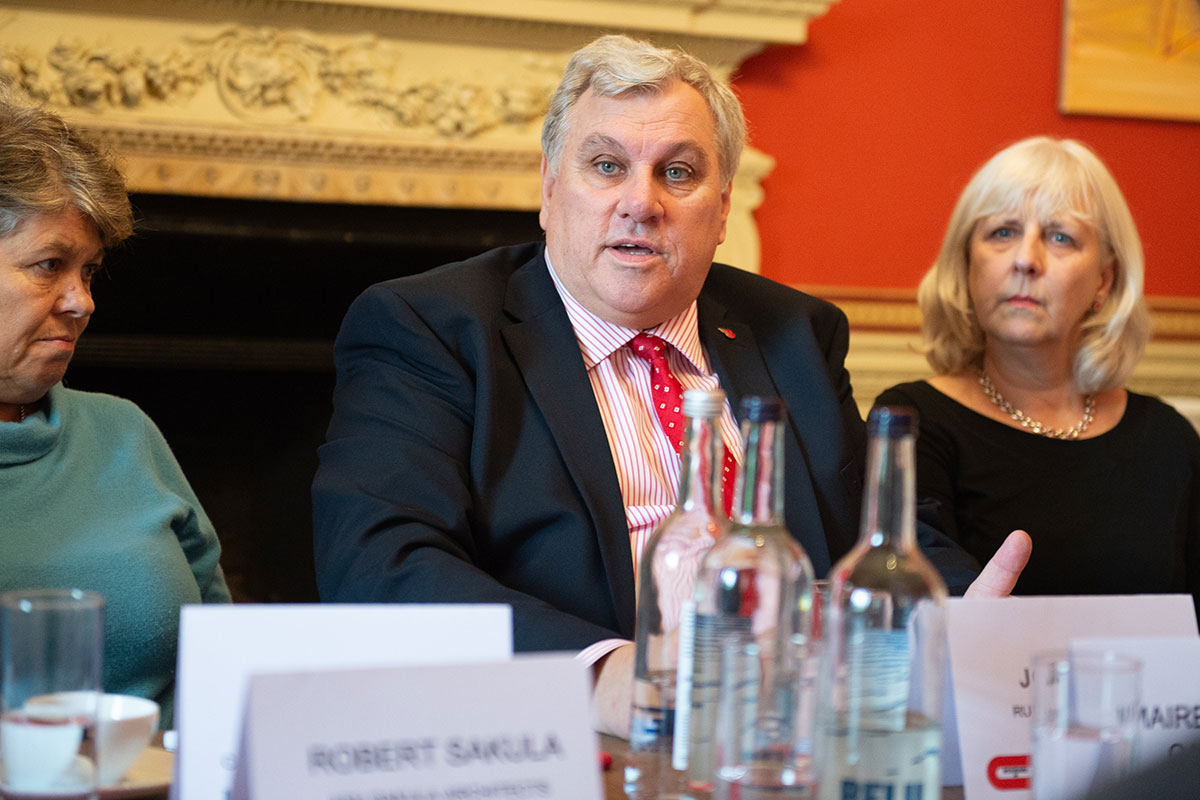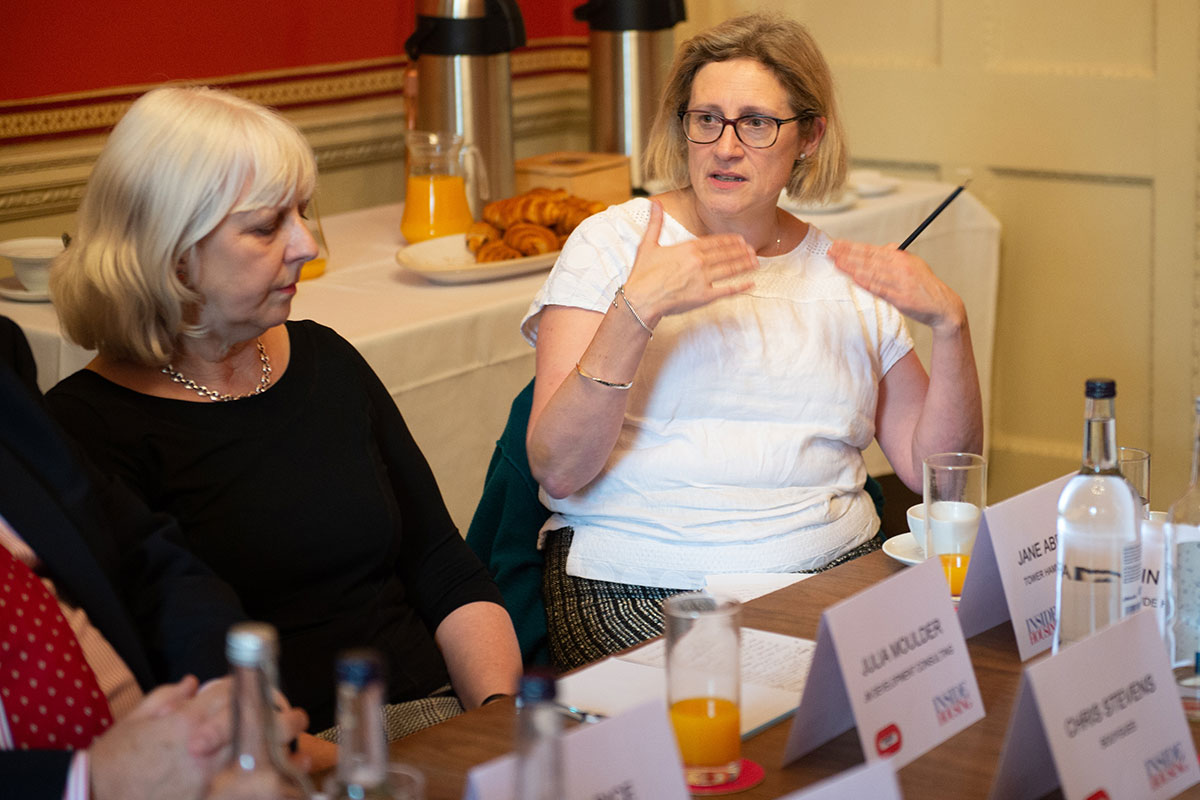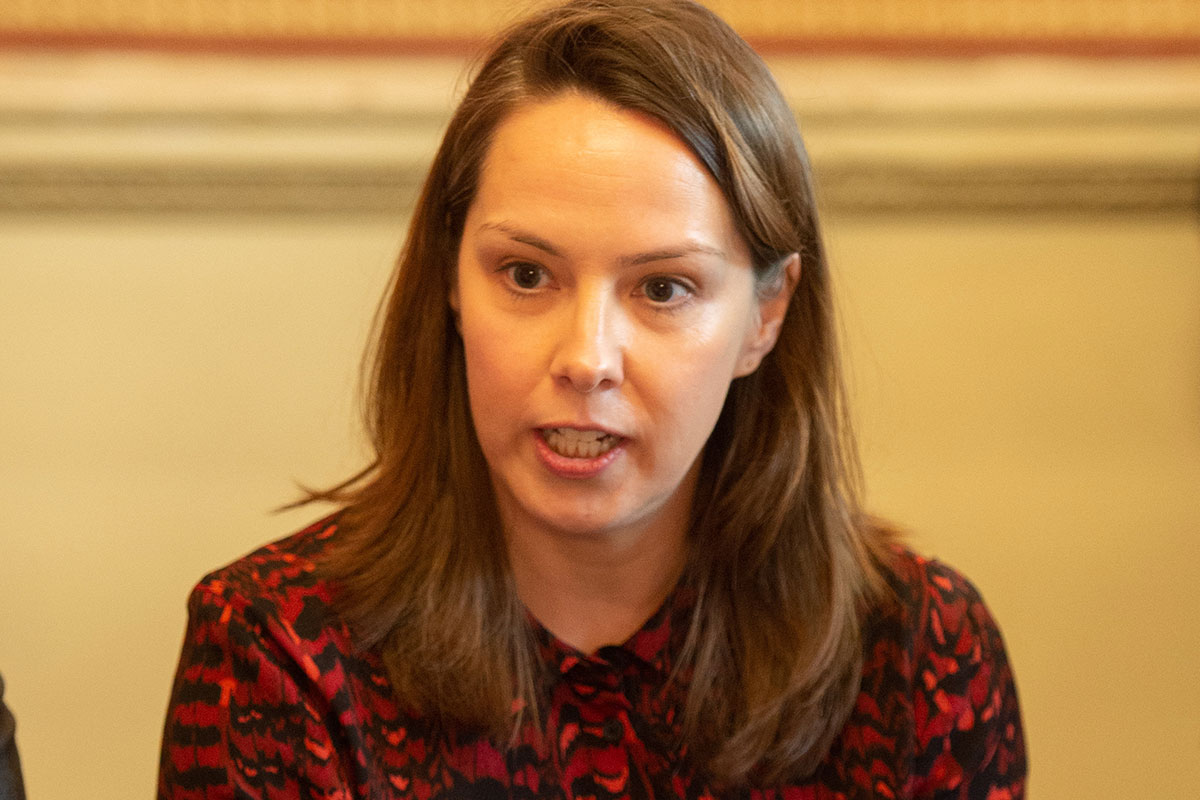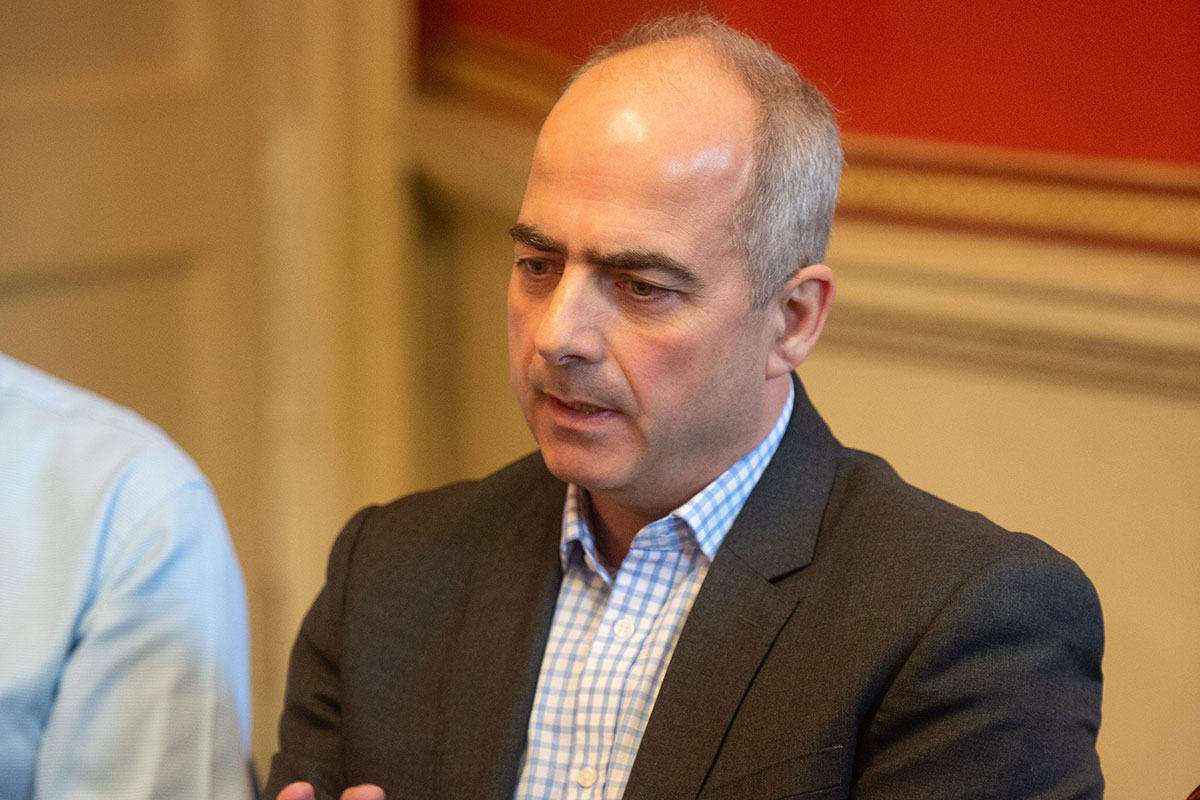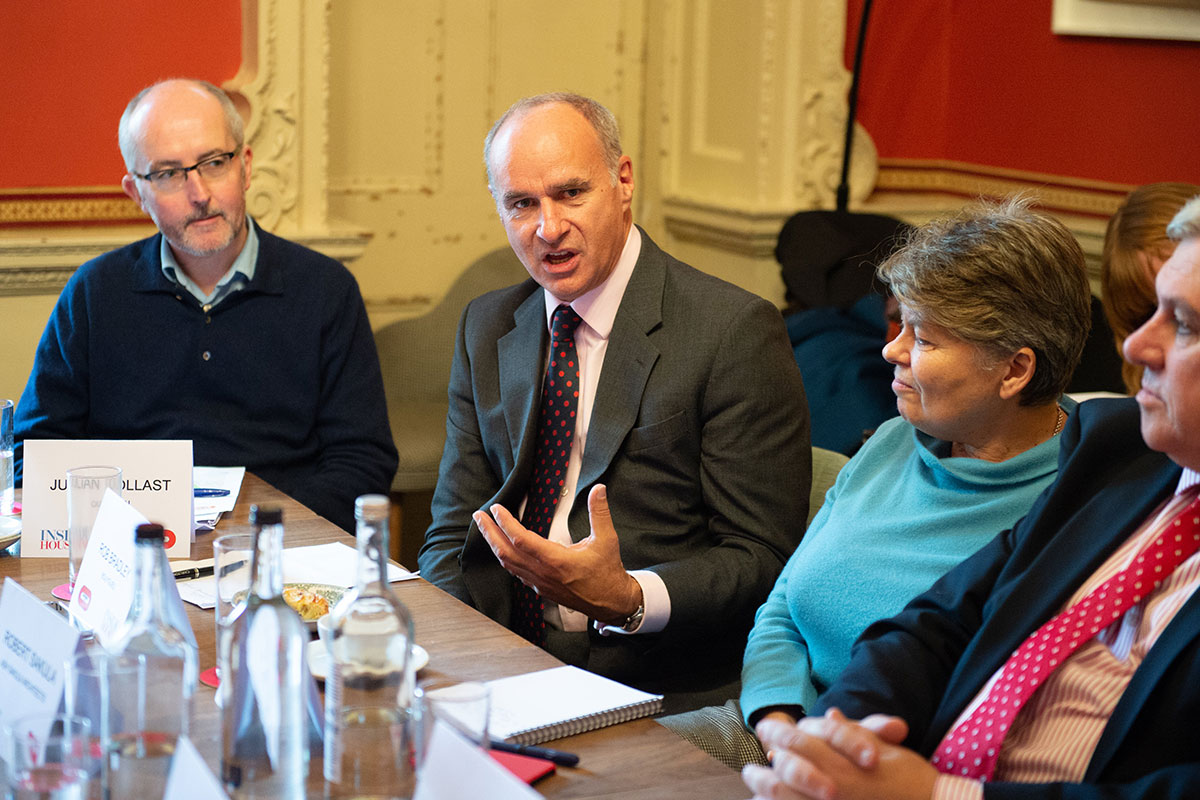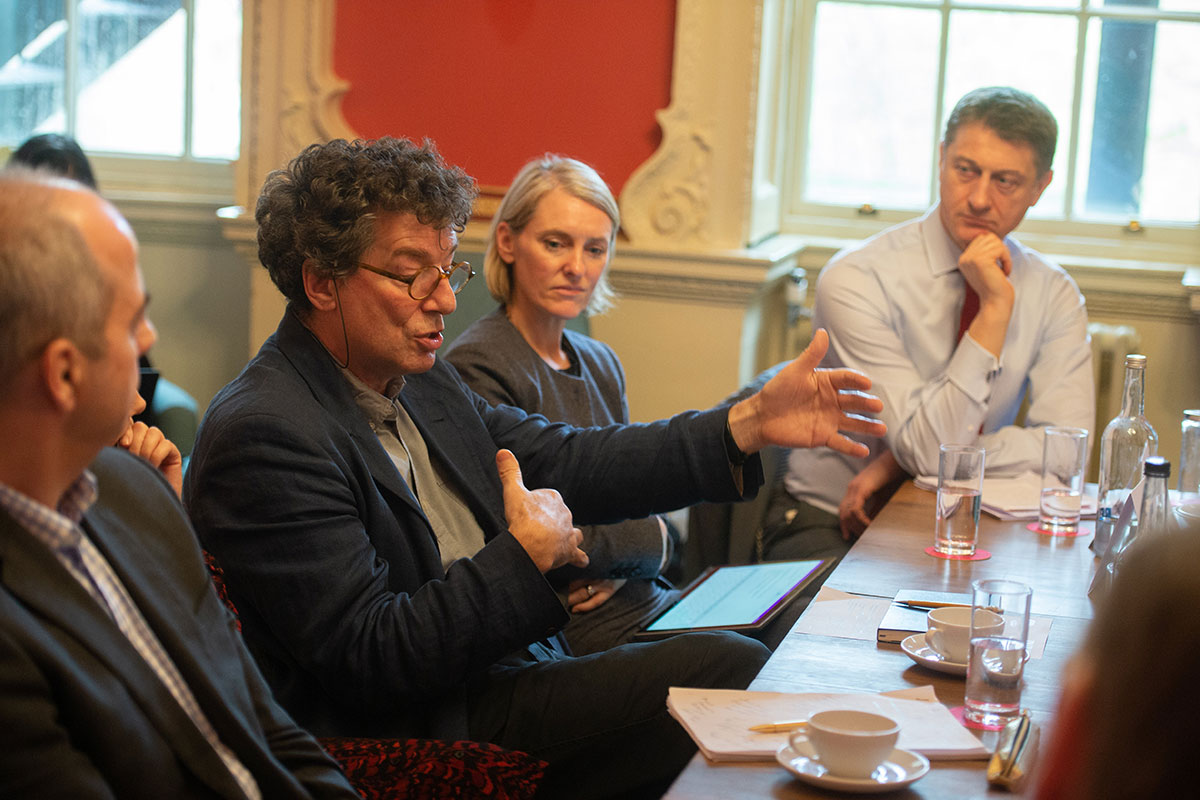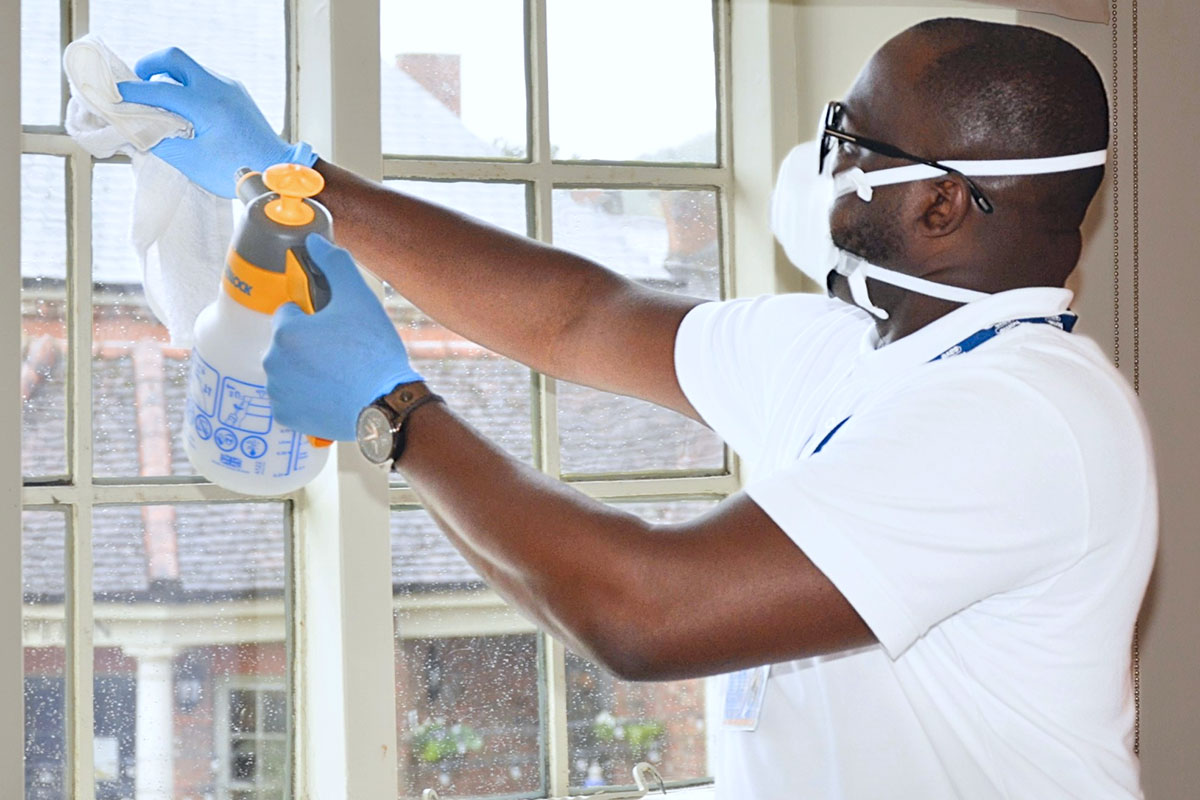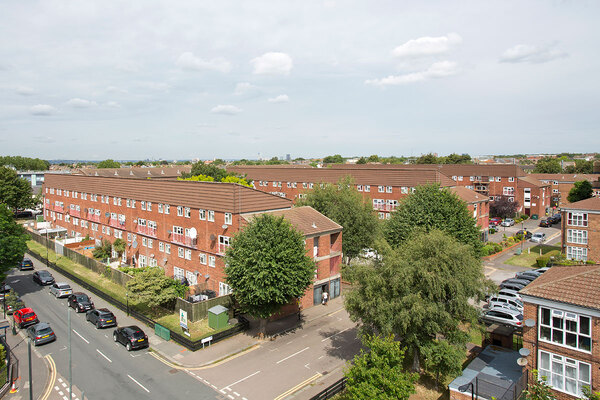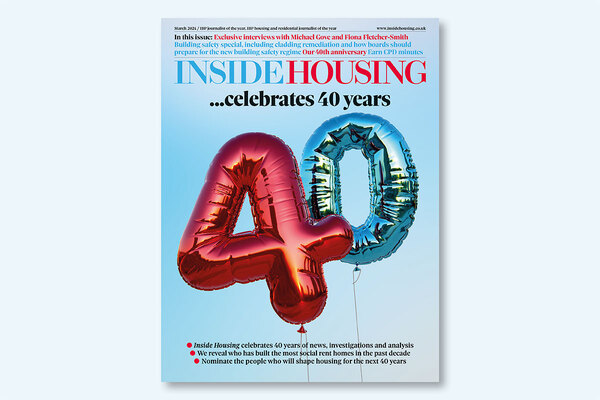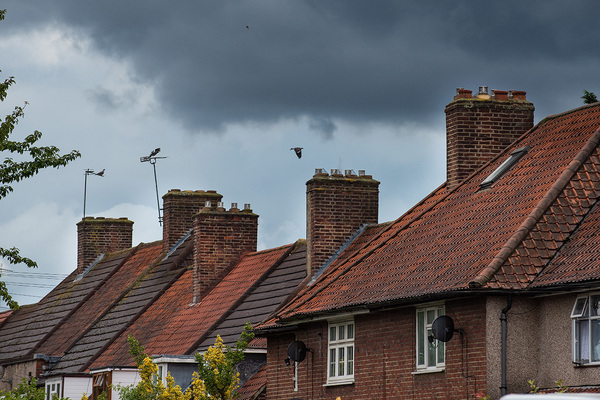How can local authorities build better, beautiful housing?
An Inside Housing round table brought together developers and authorities to discover how they can create high-quality builds. Photography by SWNS
In association with:

Earlier this year, the UK housing commission, Building Better, Building Beautiful, released its report Creating Space for Beauty, stating that “too often, we have lost the ability to make and regenerate places, integrating and making it possible for people to live, work, and access the services and enjoyment they need”.
The report has wide-ranging proposals for tomorrow’s housing, suggesting that a definition of beauty should include buildings, places and sustainable settlement patterns. This comes at a time when local authorities are returning to development in a large-scale way for the first time in years, thanks to the removal of HRA caps. Inside Housing hosted a round table to debate the commission’s mission statement and how to ease the country’s housing crisis with development that is of good design and lasting quality that local communities approve of.
Martin Hilditch, editor of Inside Housing and chair of the discussion, starts by asking how councils and developers can best create attractive places.
This depends on what we view as beautiful, says consultant Julia Moulder. It is not simply about a standard of design.
“It’s far broader. Local authorities need to invest in their internal culture, resources and how they work with their development partners,” she says.
“A beautiful build is about considering the long-term quality and impact,” says Jane Abraham, interim head of capital delivery at Tower Hamlets Council. “We shouldn’t build a property that is difficult to live in and to manage. That is a vital element for us as we’re also an ALMO.”
Robert Sakula, co-founder of Ash Sakula, suggests that councils, developers and architects like himself need to think about the ‘very’ long term. “Not 20 or 50 years, but 100 and 200 years because the connection between beauty and longevity is that places have to be loved.
“How do we get that in development? The council needs to recruit contractors that don’t focus on the short-term. The procurement process often forces them to think about convenience, safety, building quickly and cheaply, and this doesn’t allow them to join in with the long-term vision.”
“I like the idea of creating quality buildings for 200 years’ time,” says Chris Stevens, managing director of Bouygues UK, which sponsored the discussion. “While my role as a construction contractor is to facilitate what we consider beautiful builds today, what matters is the person who is living there in 20 years’ time and that the building is still working as well then as it does now.”
Barbara Brownlee, executive director of growth, planning and housing, Westminster City Council
“In a home, beauty should always be about utility,” says Michael Scorer, strategic director of housing and modernisation at Southwark Council. “While different cultures have different ideas of beauty, it should always be something that makes someone’s life better.”
This applies equally outside the home. “The success of a place has two factors: the infrastructure to make it work and the spirit of the place – the reason why people live there,” says Anette Simpson, director of development and partnerships for Legal & General Affordable Homes.
“Having a sense of place and to live somewhere that I’m proud of shouldn’t have to cost a lot,” believes Rob Bradley, chief executive of Bouygues UK. “We’re too hung up on maximising financial value rather than the social experience, which is sad as some of the best urban regenerations I’ve seen are where there’s space rather than volume of build.”
John Rice, director of commercial services at Runnymede Borough Council, suggests sometimes spending the extra is worth it to be able to build better and more beautiful. He explains the motivation: “My current role is a balancing act. In the borough, there’s a lot of interest in local history and building in keeping with existing property. However, it’s also 85% green belt, which leaves us with no option but to build upwards for the amount of homes that we need to build.
John Rice, director of commercial services, Runnymede Borough Council
“Our recent regeneration scheme in Egham has been a success because although we built multi-storey, it’s achieved in a Dutch style that has various designs in the block, which looks very attractive. It did cost more but it’s added great value to the area.”
In Wembley, developer Quintain is presently building 8,500 dwellings on 85 acres. That sounds like a lot, says Julian Tollast, head of masterplanning and design, but when the development is complete, 25% of the land will be publicly accessed open spaces and a further 25% will be residents’ gardens. It will be an attractive place to live and not feel dense.
Mr Sakula references The Malings in Newcastle, which his studio designed with Igloo Regeneration. It was flagged up in Creating Space for Beauty as an example of beautiful housing. Mr Hilditch asks if this estate of 76 homes is the exception rather that the rule – and, if so, what sets it apart.
“Yes, it is unusual,” replies Mr Sakula. “Because Newcastle City Council were brave and tried something different. The density was such that it was assumed we’d have to produce an apartment block. However, we were able to produce a little neighbourhood of small houses, many of which are divided into units but all have their own front doors onto the street.”
Julia Moulder, consultant, JM Development Consulting and Jane Abraham, interim head of capital delivery, Tower Hamlets Council
He adds: “We achieved this by breaking tradition and placing the houses seven metres apart, rather than the suggested 21 metres. From a practical and cost perspective, there were no common areas – every square metre was being lived in and used – and it was cheaper to build and service charges were lower. There was also a clear definition of what was private space and public, which has led to a more friendly, neighbourhood environment.”
The feel of a place needs to be an essential ingredient. The report suggests that mixed tenure is how every council and developer should be thinking. This is the challenge for Barbara Brownlee, executive director of growth, planning and housing at Westminster City Council.
She says: “I have to make our regeneration suitable for social housing, intermediate, sub-market, market rent, market sale and premium categories, all in the same build, and figure out how to manage it.”
We have to remember why we are building all these homes, says Mairéad Anne Carroll, programme director – housing, London First.
Mairéad Anne Carroll, programme director – housing, London First
“We have a housing crisis – London needs to build 65,000 homes a year – and that can make councils focus on the numbers. Equally, if we are discussing building better quality homes, we need to know why we’re doing that. Once we understand this, we can build homes that people want to stay in for the long term.”
Build-to-rent developer Greystar is considering the long term, both in development and management. Its senior director of projects James Pargeter says: “You can’t measure beauty by a checklist. Space alone is not a qualification for beauty – it’s much more about the communities.”
So can you solve the housing crisis at pace and deliver beautiful communities?
Chris Stevens, managing director, Bouygues UK
Ms Simpson feels the barrier to this in London is regulation: “It’s not possible to build without standards. However, those standards are creating a lack of social housing in some areas.”
“It depends on the client, I think. Anything you want doing well takes courage, bravery and leadership,” suggests Ms Brownlee.
For this, councils have to gain the trust of a community.
“This can only be done by talking to residents and finding out how they live. Southwark Council is building an estate at the moment and I’m confident it will be beautiful because we’ve involved the people who live there,” says Mr Scorer.
Rob Bradley, chief executive, Bouygues UK
Mr Tollast asks for a show of hands from those living in homes built this century. Four people do. He says he’s often surprised by how many people are involved in creating new homes but don’t know what that feels like to live in. That’s why it’s so important to ask those who do know.
L&G has found in research that there are low levels of satisfaction in affordable housing stock. One of the reasons for this is not having trust in the management and their ability to quickly sort out problems. Ms Simpson says: “Levels of customer care need to be raised. Having a reliable landlord will build long-term trust.”
“This should also happen in the construction industry,” says Mr Bradley. “One of the biggest costs is returning to a site to put things right. In a time of technological assets, it’s possible to be precise and reliable.”
Robert Sakula, co-founder, Ash Sakula Architects
Mr Scorer agrees, saying that some of the issues the council has had with managing properties is because they weren’t built well: “A high-quality built house makes the difference. We don’t know what it will be like in 100 years’ time or how people will live, but if homes are well built and take account of people’s lives then they have a chance of lasting.”
This is where culture comes in, Ms Moulder reiterates: “The difference between a local authority that’s building homes and one that is a long-term developer of successful places requires a cultural shift in the organisation. Just because councils have the financial capacity, it doesn’t mean they have the ability, the culture and the staff to do it. What they need are good partners and a different approach in the early years.”
To be successful, the right budget, time and people are needed, says Ms Carroll. “If we had this equation right, we could change everything. We need to build with the community, build trust, build quality and this will transform places to create a long-lasting legacy.”
Participants
Jane Abraham
Interim head of capital delivery, Tower Hamlets Council
Rob Bradley
Chief executive, Bouygues UK
Barbara Brownlee
Executive director of growth, planning and housing, Westminster City Council
Mairéad Anne Carroll
Programme director – housing, London First
Martin Hilditch (chair)
Editor, Inside Housing
Julia Moulder
Consultant, JM Development Consulting
James Pargeter
Senior director of projects, Greystar
John Rice
Director of commercial services, Runnymede Borough Council
Robert Sakula
Co-founder, Ash Sakula Architects
Michael Scorer
Strategic director of housing and modernisation, Southwark Council
Anette Simpson
Director of development and partnerships, L&G Affordable Homes
Chris Stevens
Managing director, Bouygues UK
Julian Tollast
Head of masterplanning and design, Quintain

